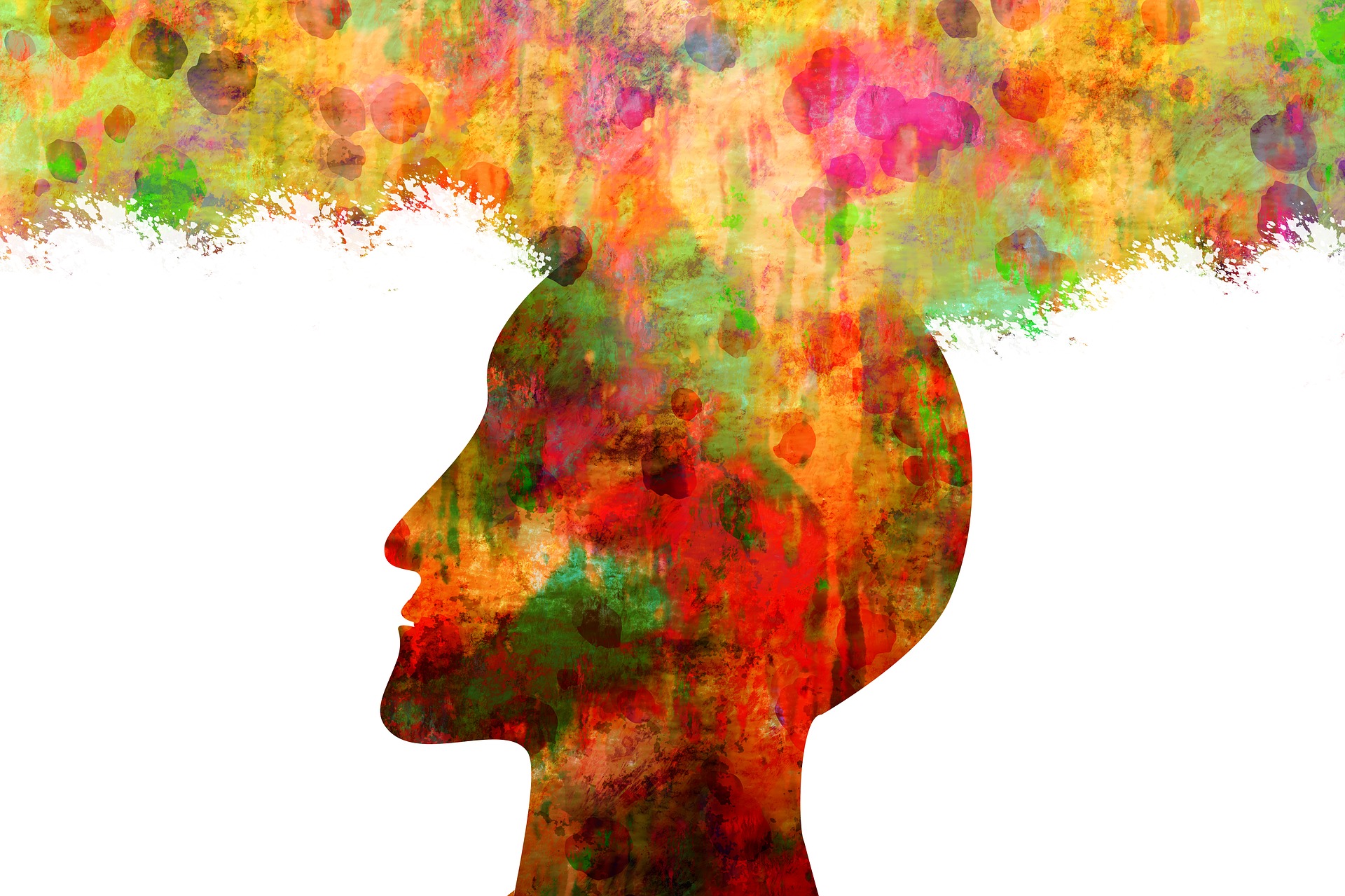4 min to read
Observation of mind
Why we are rather happy with a busy mind

How to start?
As I haven’t reached the destination yet, I can’t write something like “how to do?” instead I am sharing my own experience. As stated almost everywhere, there are some recommended postures for doing meditation. I use Vajraasana as I felt it to be most suited for me. And, that’s it. Just to be seated with patience and waiting, hoping for nothing. The first couple of weeks were the most difficult for me. This is where I started to observe my mind probably for the first time in my life.
 |
|---|
| The experience may not be the same for all as everybody is different |
The preliminary experience
I was thinking what would be the best way to summarize my first few weeks of experience. Several metaphors came to mind like driving on an icy road without good snow tires or trying to catch a slippery fish directly from the water. The human mind can be compared with the car or the fish in the environments like icy roads and water respectively. But to me, the most fitting example would be slacklining. Trying to keep the mind in a thoughtless state is very similar to trying slacklining for the first time.
 |
|---|
| Like slacklining, meditation requires a quite a bit of practice to master |
It’s astonishing to see how the mind travels through various topics from past and future (not sure about the present) and sometimes made me ponder over them for a few minutes which felt like ages. It’s just like water on my palm and I am trying to capture it by making a fist. Surprisingly, when I close my eyes and let my thoughts travel through my mind, I feel exhausted within a few minutes. It’s surprising that the uneasiness happens quite fast when we close our eyes. Gradually though, I could sit for 10-20 minutes at a time 2-3 times a day.
 |
|---|
| There are a lot of similarities between water and mind, didn’t realize it until now |
As a controls engineer, I always try to look almost anything in the shape of a block diagram. For meditation, I tried the same approach. It’s turned out to be a rather complicated as I am not sure if I understand the fine line between a mind and a brain. So, in the block diagram below, I assumed the brain as the calculative part of the brain and the results of it get reflected on the plant called mind. Basically, the mind is the playground of brain. A playground where we cultivate our thoughts.
 |
|---|
| It’s a closed loop system, but rather difficult to put that in a simple block diagram |
As stated in one of the stories of Buddha, at the beginning there is not much of a difference between an occupied mind and the muddy water. Gradually, the water gets cleaner while the mud settles in the bottom. Likewise, gradually the mind will prepare itself for acquiring ‘samadhi’ if patience and practice prevail. There are more than one way of doing meditation and one could try alternate methods to see which one is the best fit. Here are some of the methods that I am aware of -
- Concentrating between the eyes
- Concentrating on the breathing (i.e. concentrating on the present)
- Playing a suitable background music and then concentrating on it
- Choosing a suitable venue like in the middle of the raw nature and try to concentrate on nothing while appreciating the sound of the nature.
- Observing thoughts that occur in mind while not concentrating on any of them. Gradually thoughts will disappear or settles down like the mud from the water.
The last method is a common practice in Buddhist tradition and is quite interesting. Being brain as central processing unit of the human body and not able to do any multitasking, by observing thoughts means observing the past thoughts at the present. Observing a distracted mind also means it’s a closed loop feedback system. So, this is probably the most systematic way of doing meditation if guided meditation isn’t available.
If we look carefully, our mind doesn’t like to stay at present, instead love to stay either ahead of reality or stay in past. For example, when we would like to achieve something good, our mind races ahead of reality and imagine ourselves in a state of achieving that goal. It creates a delta or an error between the state of mind and the reality or sometimes between mind and the physical body. We dont like the presence of these deltas and hence unhappyness starts to raise in proportinal to the magnitude of the delta. So the aim of meditation is to keep the mind and body sync in time.
Although I am far from the goal, I will keep this blog updated with my journey, so stay tuned.
Comments